The Idiocy of Daylight Savings Time
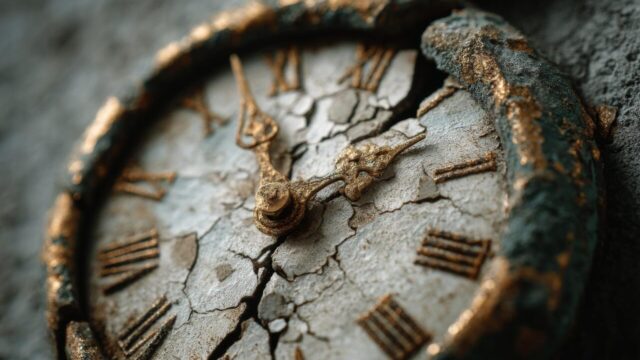
In Europe, Daylight Savings Time (DST) will end tonight. The US will follow on November 2nd. Trump wanted to stop the ‘clock-changing madness’, but has not done that so far. “The Republican Party will use its best efforts to eliminate daylight saving time,” Trump posted on Truth Social in December of 2024. “Daylight Saving Time is inconvenient, and very costly to our Nation.”
What is Daylight Savings Time anyway and why do we have to go through this bi-annual jet-lag every time?
Let’s dive into some history to see what DST is really about, shall we?
In a satirical letter to the editor of the Journal de Paris in 1784, Benjamin Franklin suggested that if Parisians could only wake up earlier in the summer they would economize on candle and oil usage, but he did not propose changing the clocks. In 1895, New Zealand entomologist and astronomer George Hudson made the first realistic proposal to change clocks by two hours every spring, but this was not implemented either.
William Willett was inspired by an early-morning epiphany that “the sun shines upon the land for several hours each day while we are asleep” and yet there “remains only a brief spell of declining daylight in which to spend the short period of leisure at our disposal.” In 1907 he published his ideas in The Waste of Daylight.
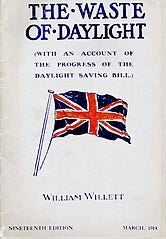
These ideas were taken over by Germany, during WW1. On April 30, 1916 the first nationwide implementation of Daylight Savings Time started in the German and Austro-Hungarian Empires, in the hopes that it would save energy for the war industry, according to Michael Downing, author of Spring Forward: The Annual Madness of Daylight Saving Time.
Across the pond, the first U.S. law on Daylight Saving Time went into effect on March 19, 1918, for the same fuel saving reasons, about a year after the country entered the war. But again, though the official reason was fuel saving, the U.S. Chamber of Commerce was the major backer for the policy, because Americans getting off work while it was still light out meant they would be more likely to go out shopping in the evening.
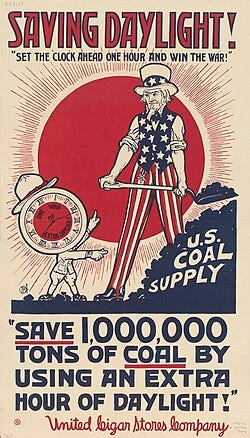
Daylight Savings Time was so unpopular, especially among farmers that before the Versailles Treaty was signed at the end of WW1, Congress was forced to sign a repeal to quell the revolt from the farm lobby.
It was only during WW2, that DST came back into existence (1942), still opposed heavily by the farmers. It took the Uniform Time Act of 1966 to force the DST upon everyone. From that moment on, people reluctantly changed their clocks twice a year, not really understanding why.
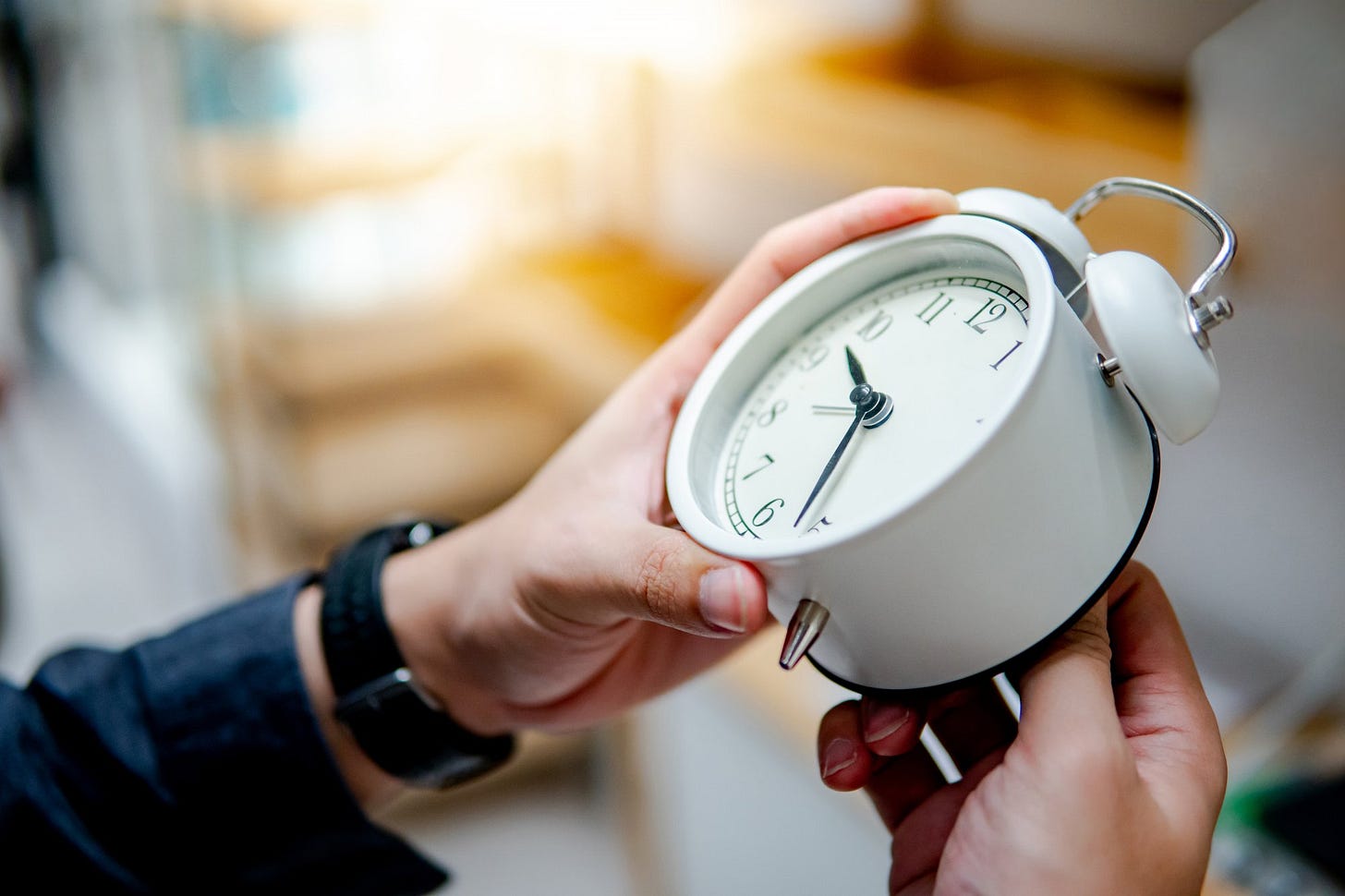
So… what is really going on?
With the start of our ‘industrialized societies’, people needed to be pushed into the system that supported these industries, usually following a clock-based schedule for daily activities that do not change throughout the course of the year. Children are forced to comply to this system too, already from a very early age and will continue to do so until they have become redundant to the system at age 67.
But this was not enough.
The gullible people don’t only make a willing working force, they are the same people that need to buy all commodities and spend their income on paid leisure activities as well. So, if these people have an hour more sunlight in the evenings, they will accordingly spend more money.
The official explanation for DST has always been ‘less energy consumption’ for light and heating and thus cheaper. But since when are our ‘rulers’ interested in a cheaper life for us? And what about ‘winter time’, when the sun goes down around 4 o’clock? Why not make DST all year round? That will save an hour of energy for heating and light in the afternoon, doesn’t it?
No, for the question of changing time all year round, the official counter-argument is that ‘they’ don’t want children having to go to school in the dark hours and being hit by a car… Which again is a strange argument, as I remember bringing my kids to school in darkness nevertheless… After-school playing time or going to sport clubs in the dark hours is apparently less dangerous than going to school…
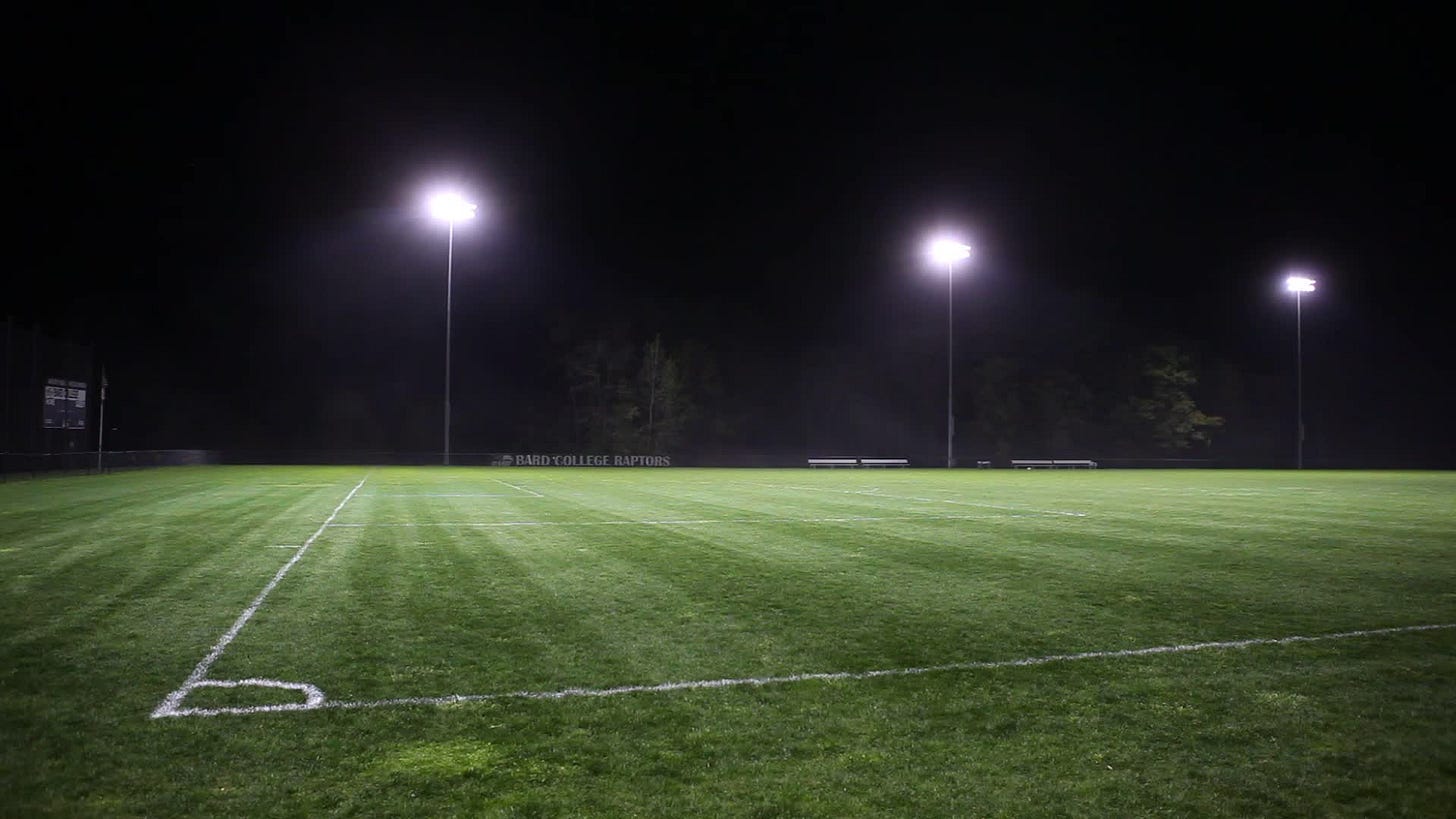
Does the changing of time itself has any influence on the accident rate?
Numerous studies have examined the impact of Daylight Saving Time on accident rates. According to the National Highway Traffic Safety Administration (NHTSA), there is a noticeable uptick in motor vehicle accidents in the days immediately following the end of DST. Some studies suggest that the risk of a fatal crash increases by as much as 6% during this period.
Pedestrians are particularly vulnerable. The Insurance Institute for Highway Safety (IIHS) reports that pedestrian fatalities spike in the weeks after clocks are set back, largely due to reduced visibility during evening commutes.
Hmmmmm, so it’s obviously not done for our safety, right?
So is there anything to say about the electricity savings argument?
A 2008 U.S. Department of Energy report found a 0.5% decrease in total electricity use per day since the 2005 extension of DST, other studies have found that Daylight Saving may actually fuel energy usage. For example, a 2011 study by economists Matthew J. Kotchen and Laura E. Grant found an overall residential electricity consumption increased with 4%.
And what about our mental health?
“That one-hour change may not seem like much, but it can wreak havoc on people’s mental and physical well-being in the short term,” says Dr. Charles Czeisler, professor of sleep medicine at Harvard Medical School’s Division of Sleep Medicine. Poor sleep caused by DST also can exacerbate existing problems like depression, anxiety, and seasonal affective disorder.
When Daylight Saving Time ends each fall, the one-hour shift backward reduces the amount of light exposure most people receive in a 24-hour cycle. As the days get shorter, people can experience general moodiness or a longer-term depression that is tied to a shorter exposure to daylight.
This happens due to a misalignment between the sleep-wake cycle, eating schedules, and other daily tasks. Research shows that this mismatch may be associated with poor mental health outcomes, such as anxiety and depression.

Can we please understand that this Daylight Savings Time has nothing to do with us or our health in whatever way?
At the end, we can only come to the same conclusion as ever: It’s all about the money. I wouldn’t be surprised that if we demanded to stop DST or continue it year-round, that we would have to pay extra taxes.
After all, for the elite we are nothing more than cash-cows and production means.

Why do I make such a fuss about something so futile, you might ask?
That’s because it can sometimes infuriate me that everything, not even one exception, everything we experience is created to weaken us and to make us pay. And we still are gullible enough to accept all the lies they throw in our faces.
I don’t know about you, but for me, it’s not enough to be treated this way:

You might be happy, but you are mistreated, underrated and on your way to the slaughterhouse…
To build a better and healthier future, we need to address ALL things that don’t make sense. That had never made sense and will never make sense.
To create a better world, we have to replace all the building blocks of this rotten society into good and supporting ones. The age of common sense doesn’t come overnight or with one person alone. Will you join me?
https://fallofthecabalofficial.substack.com/p/the-idiocy-of-daylight-savings-time
